Did you know that dogs thrive on having a predictable daily routine ? According to recent surveys, dogs with consistent daily schedules experience up to 30% less anxiety and behavior problems compared to those with erratic routines. In this guide, you’ll discover actionable steps and examples to answer the question: what’s a good daily routine for my dog? Whether you’re a first-time dog owner or looking to enhance your furry friend’s quality of life, this article will make it easier to create a happy, healthy daily routine your dog will love!
Why a Consistent Daily Routine Is Essential for Your Dog’s Well-being
“Dogs thrive on predictability; a well-structured daily routine for your dog can reduce anxiety and boost overall happiness.” – Veterinary Behaviorist
A consistent daily routine is more than a convenience for pet parents—it’s the backbone of canine health and happiness. Dogs become calmer and better adjusted when they know what to expect, whether it’s when the next meal is coming or when it's time for a walk. Separation anxiety and behavioral issues often decrease when your furry friend’s life is structured with regular feeding, walks, and play.
Establishing a predictable schedule also makes it easier for dog owners to spot health issues early, as you’ll quickly notice changes in appetite, energy, or bathroom habits. Vets often recommend a regular daily routine for your dog—regardless of age—because it helps promote good sleep, strengthens the bond between the family member and pet, and even prevents problematic behavior like excessive barking or chewing.
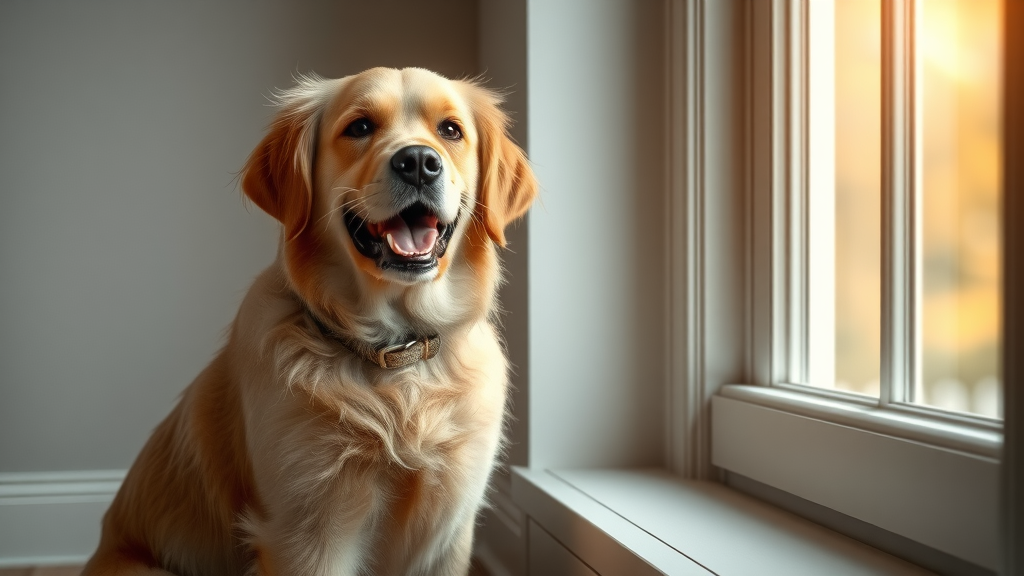
Key Elements of What’s a Good Daily Routine for My Dog?
- Regular feeding schedule matched to your dog’s age and needs
- Daily exercise adapted to breed and health status
- Mental stimulation through play, training, and new experiences
- Consistent sleep and rest patterns
- Quality time with human companions
A strong daily routine for your dog relies on these five key pillars. Each component ensures your dog remains healthy, mentally sharp, and emotionally satisfied. By structuring your day around these elements, you can address every aspect of your dog’s well-being, from physical activity to emotional engagement.
For example, a regular feeding schedule helps regulate metabolism and digestion, while built-in daily exercise prevents boredom and obesity. Introducing new games or activities provides vital mental stimulation, and consistent rest or nap time supports recovery, especially for older dogs. Most importantly, devoted quality time with you solidifies your relationship, ensuring your dog feels like a cherished family member.
Morning Routine: How to Start Your Dog’s Day Right
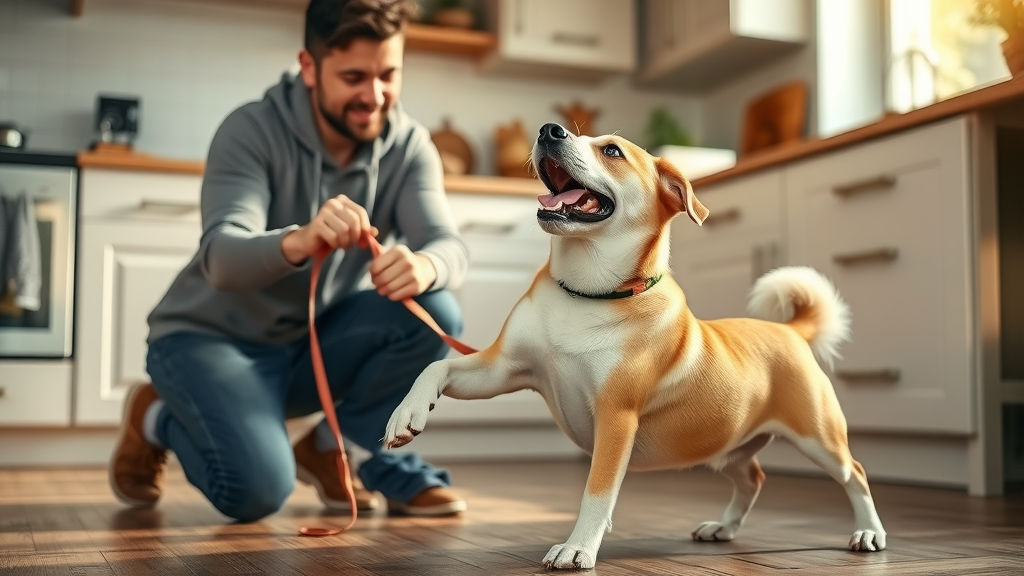
The morning routine sets the tone for your dog’s whole day. A structured start provides anticipation, energy release, and helps your dog transition into a positive daily schedule. This is when you can incorporate crucial features of what’s a good daily routine for my dog—such as an energizing dog walk , fresh water, and a balanced breakfast. Begin with a gentle wake-up, perhaps a cuddle or short play session to increase bonding and excitement for what’s to come.
Incorporating ‘what’s a good daily routine for my dog?’ in Morning Activities
- Early walk for physical and mental stimulation
- Fresh water and balanced breakfast feeding schedule
- Bathroom break for adult dogs
An early walk not only burns off morning energy but also serves as a mental stimulation opportunity, exposing your dog to new sights and smells. After the walk, always refill the water bowl with fresh water and offer breakfast timed for your dog's age and activity level. Don’t forget—adult dogs will appreciate a bathroom break before and after their walk to start their day comfortably. With this morning routine, you set your furry friend up for calm and contented behavior throughout the rest of the day.
Feeding Schedule: The Backbone of an Effective Daily Routine
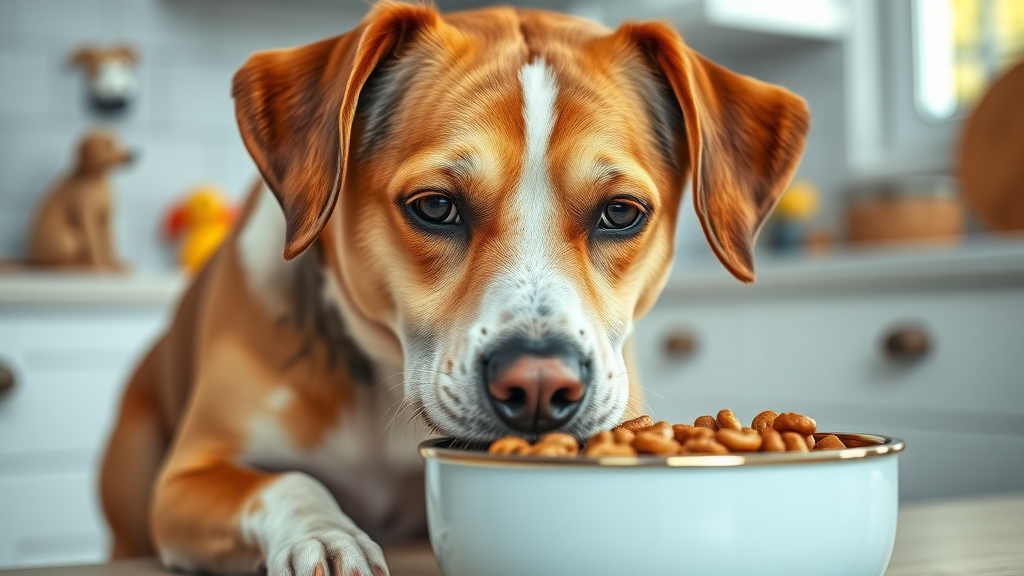
The feeding schedule is the core of every well-designed routine for your dog. Dogs, just like humans, benefit from consistency, so feeding at the same times every day encourages good digestion and curbs begging or scavenging behavior. Depending on your dog’s age—whether you have a puppy, adult dog, or senior—meal frequency and portion size will need adjustment.
For puppies, growth-focused diets with three to four meals a day are essential. Most adult dogs thrive on two set meals a day, while older dogs may require smaller, easily digestible portions to account for a slower metabolism. Always provide access to a clean water bowl, and monitor your furry friend’s weight to help guide your routine. The table below offers a helpful guideline for different life stages:
| Dog Age | Feeding Frequency | Portion Tips |
|---|---|---|
| Puppy | 3-4x per day | Small, growth-focused meals |
| Adult dogs | 2x per day | Consistent portions |
| Senior | 2x per day | Adjust for slower metabolism |
How Often Should You Feed Your Dog?
The number of meals a day for your pet should match their stage of life. For puppies , stick to three or four feedings split across the day to support rapid growth and constant energy. An adult dog typically does best with two evenly timed meals, ideally after morning and evening walks—this also helps reduce the risk of digestive upset. Senior dogs may require adjusted meal sizes or more frequent feedings, especially if they are dealing with age-related changes in metabolism or mobility. Always consult your vet if you’re unsure or if your dog is on medication, as the feeding schedule may need further tweaks.
Mental Stimulation: Preventing Boredom in Your Dog’s Daily Schedule
One often-overlooked piece of a daily routine for your dog is mental stimulation . Dogs with little mental challenge can develop problem behaviors such as chewing, barking, or even depression. Incorporating regular training sessions, enrichment activities, and variety into your dog’s schedule is crucial for their emotional and cognitive well-being.
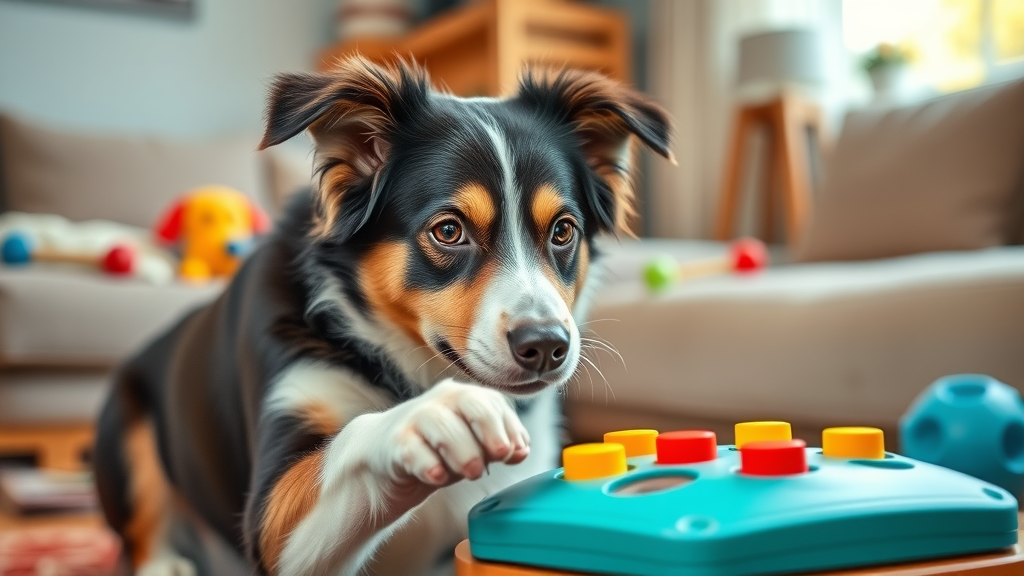
Fun Ways to Add Enrichment to the Routine for Your Dog
- Puzzle toys and treat-dispensing devices
- Short training or trick sessions
- Rotating walks and outdoor adventures
Rotate toys to keep your furry friend interested, add brief but fun training sessions during the day, and try new dog walk routes for fresh experiences. Mental stimulation helps dogs of all ages, from young puppies learning basic commands to older dogs keeping their minds sharp. Healthy minds make happy dogs and decrease unwanted behaviors linked to boredom or insufficient engagement.
Exercise and Play: Physical Activity as Part of the Daily Routine
“Regular exercise in your daily routine for your dog supports heart health, joint mobility, and long-term happiness.”
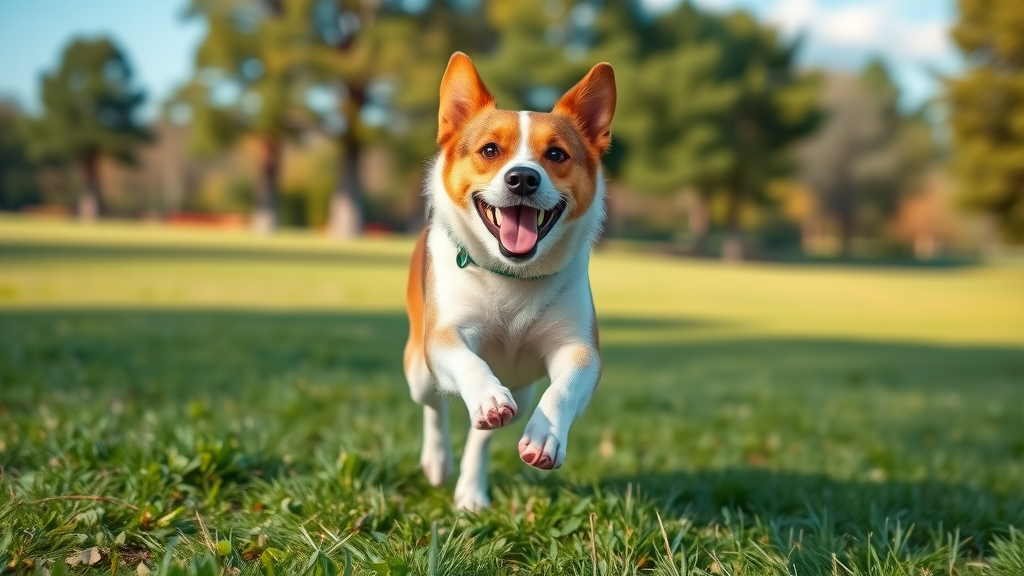
Physical activity is a critical component of any daily routine for your dog. For some, this means spirited play in the backyard; for others, it’s a dog walk or even specialized activities such as agility courses. The amount and type of exercise depends on your dog’s age, breed, and health, but all dogs need daily movement for their bodies and minds.
Is the Daily Routine Different for Active vs. Sedentary Dogs?
Absolutely! Active breeds like Border Collies and Retrievers benefit from longer walks, fetch games, and training sessions, often needing 60-90 minutes or more of activity daily. Sedentary or older dogs may only require gentle walks and a few short play intervals, particularly if joint health is a concern. Adjust your daily schedule based on your pet's needs, watching for signs of fatigue or restlessness. Well-matched exercise ensures your dog is calm, physically fit, and sleeps soundly.
Quality Time: Strengthening the Dog-Owner Bond in Your Daily Routine
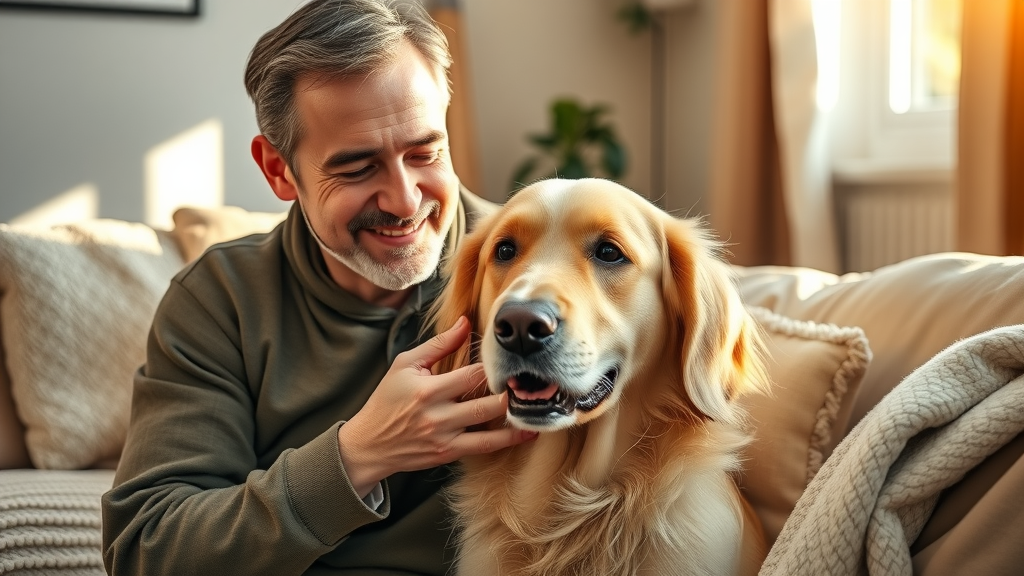
- Cuddling and grooming as emotional enrichment
- Collaborative play with fetch, tug, or hide-and-seek
Beyond just food and exercise, quality time with your dog is fundamental for their emotional health. Simple acts like brushing your dog, cuddling, or quiet companionship can have lasting benefits. Collaborative games—such as tug, fetch, or hide-and-seek—build trust and provide valuable mental stimulation.
For many, the time spent together each evening is the most anticipated part of the daily schedule—for both dog and dog owner. These moments strengthen the bond between you and your furry friend, helping both of you de-stress and recharge. Prioritize this time each day for a truly happy home.
Sample Schedule for Your Dog: A Template for Success
| Time | Activity |
|---|---|
| 7:00 AM | Walk & bathroom break |
| 7:30 AM | Breakfast feeding schedule |
| 8:00 AM | Mental stimulation session |
| 12:00 PM | Short walk & playtime |
| 1:00 PM | Nap/Rest |
| 3:00 PM | Training or fetch session |
| 6:00 PM | Dinner |
| 7:00 PM | Quality time with dog owner |
| 9:00 PM | Final bathroom break |
| 10:00 PM | Bedtime |
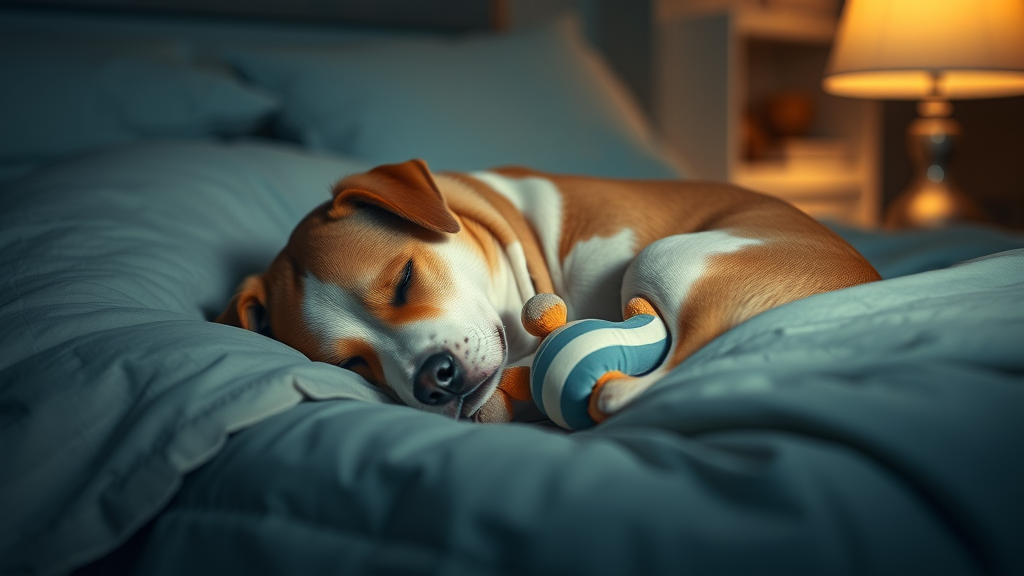
Use this template as a flexible starting point. Adjust walk duration, nap time, and play based on your dog’s age and energy. This regular schedule helps prevent separation anxiety, supports good sleep, and ensures all your dog's needs are met.
Adapting the Daily Routine for Your Dog’s Life Stage: Puppy, Adult, and Senior

Special Considerations for Puppies, Adult Dogs, and Seniors
- Frequent naps and potty breaks for puppies
- Longer walks and training for adult dogs
- Gentle exercise and extra care for senior dogs
Puppies need regular naps and extra bathroom breaks, so build in time each day for both. An adult dog will look forward to more physical activity , mental stimulation, and perhaps advanced training sessions. Older dogs , meanwhile, need gentle workouts and may benefit from additional rest—watch for changes in mobility, appetite, or enthusiasm. No matter the age, tailoring your daily routine to your dog's life stage is the best way to keep them healthy and engaged.
Common Mistakes When Planning a Daily Routine for Your Dog
- Irregular feeding or exercise times
- Lack of mental stimulation and engagement
- Insufficient rest periods for different ages
The most common error made by dog owners is inconsistency . Irregular mealtimes or missing daily walks can unsettle your dog, creating anxiety or unwanted behaviors. Not every aspect of your daily routine for your dog needs to be strict, but prioritize consistency where possible. Avoid neglecting rest, especially for puppies and older dogs. Lack of mental stimulation is another pitfall—if your dog seems bored or restless, introduce new training games or enrichment toys to their day.
People Also Ask: What is a good dog's daily routine?
Answer: A good dog's daily routine includes a set feeding schedule, daily walks, play sessions, training, and bonding time, adjusted for age and activity level.
Every good daily routine for your dog begins with regular feedings, daily exercise, and consistent play and rest times. Adjust the schedule for your puppy, adult dog, or senior to ensure their unique needs are met.
People Also Ask: What is a perfect day for a dog?
Answer: A perfect day for a dog involves predictable routines with enjoyable activities—morning walks, structured meals, interactive play, naps, and lots of affection from their dog owner.
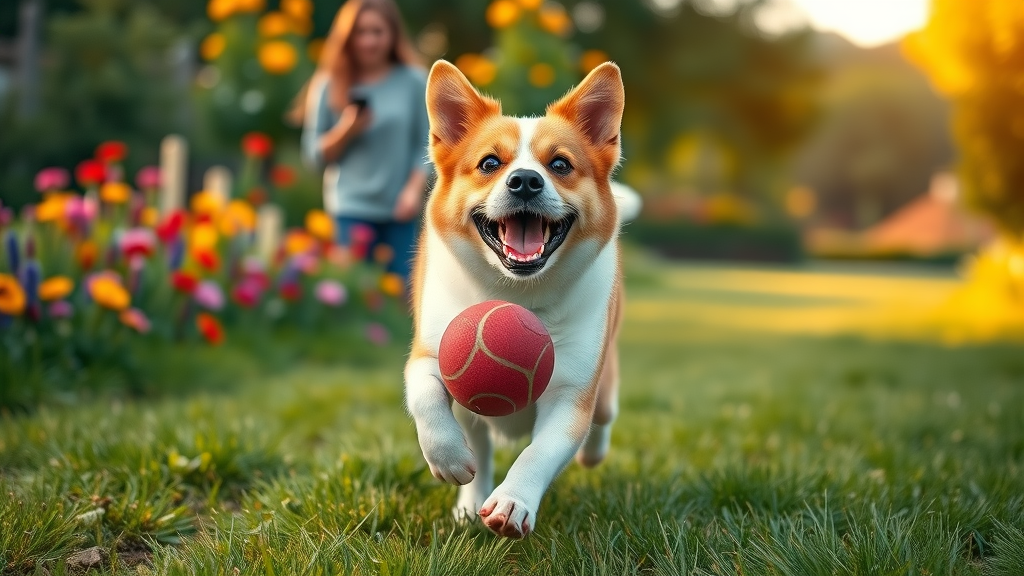
Dogs are happiest when their days include beloved routines and activities. Whether it’s a joyful dog walk or snuggling with the family, providing varied enrichment and companionship leads to contentment.
People Also Ask: What should my dog do all day?
Answer: Over the day, dogs benefit from structured activities like exercise, mental games, training, eating at regular times, and spending quality time with their humans.
Having a planned daily schedule for your dog allows them to move, nap, learn, play, and bond. Rotating enrichment, rest, and activities ensures your dog is never bored and always expecting something positive next.
People Also Ask: What is a good daily treat for dogs?
Answer: Healthy treats like carrots, apples (seedless), or specialized dog treats can be used in moderation as rewards during the daily routine for your dog.
Incorporate treats into your dog's daily routine during training and play for positive reinforcement, but ensure treats are healthy and given in moderation to maintain ideal weight and health.
Top Tips for Creating a Daily Routine for Your Dog That Works
- Consistency is key—maintain regular times
- Mix physical and mental stimulation
- Adjust your routine as your dog ages
- Observe your dog and make changes as needed
To build a successful daily routine for your dog, always keep these top tips in mind. Sticking to a pattern makes it easier for both you and your furry friend. Ensure your schedule includes a mix of activity types and is flexible enough for life’s changes. By observing your dog, you can continually adapt the routine to maximize happiness and health.
Expert Answers: Frequently Asked Questions on What’s a Good Daily Routine for My Dog?
How much exercise do adult dogs need as part of their daily routine?
Most adult dogs need at least 30-60 minutes of exercise per day, which can include walks, play, or training sessions. Active breeds may need more, while seniors or low-energy breeds may be content with less. Tailor your daily schedule to your dog's energy and health for best results.
Should the feeding schedule change if my dog is on medication?
Yes, if your dog requires medication with food, adjust meal times or divide portions as needed to align with dosing instructions. Consult with your veterinarian for an optimal feeding schedule that works with your dog's medical needs.
How do I incorporate mental stimulation if I work long hours?
If you’re away from home, use interactive toys , treat puzzles, or schedule visits from a dog walker for midday play and mental enrichment. Leaving on a pet-friendly radio or providing window views for safe people-watching can also prevent boredom during your absence.
Take Action: Elevate Your Dog’s Daily Routine for Lifelong Wellbeing
“By investing in a daily routine for your dog that includes quality time, consistency, and enrichment, you ensure a happier, healthier companion for years to come.”
Start today: adjust your schedule, add enrichment, and watch your dog’s health and joy soar!
Unlock More: Subscribe for the Best Dog Routine Guides, Tips, and Stories
🐾 Love pets as much as we do? Get the best tips, treats, and tail-wagging stories delivered monthly. 👉 Subscribe to our newsletter and never miss a bark or purr!
📧 One email. All the value. Join thousands of pet parents who get our monthly roundup of pet care tips, product reviews, and giveaways.
Establishing a consistent daily routine is vital for your dog’s health and happiness. For a comprehensive guide on structuring your dog’s day, consider reading “Creating a Balanced Daily Routine for Your Dog: Sleep, Meals, and Play.” This resource offers detailed insights into setting regular feeding times, incorporating exercise, and ensuring adequate rest periods. ( hevh.net )
Additionally, “Importance of a Daily Dog Routine & What it Should Look Like” provides practical examples and a sample schedule to help you tailor a routine that suits your dog’s specific needs. ( adoptapet.com )
By integrating these expert recommendations, you can create a structured environment that promotes your dog’s well-being and strengthens your bond.
 Add Row
Add Row  Add
Add 


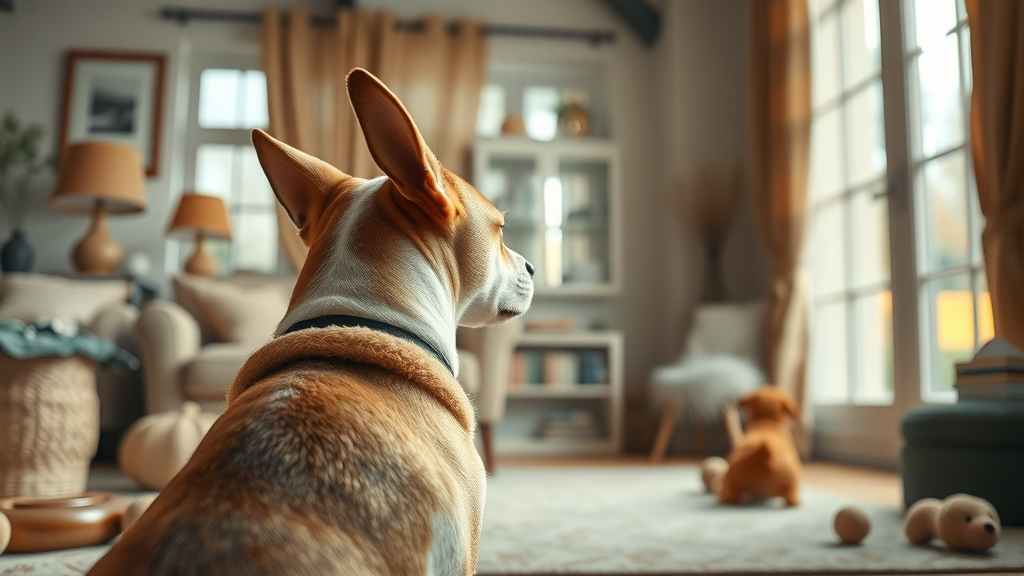
Write A Comment